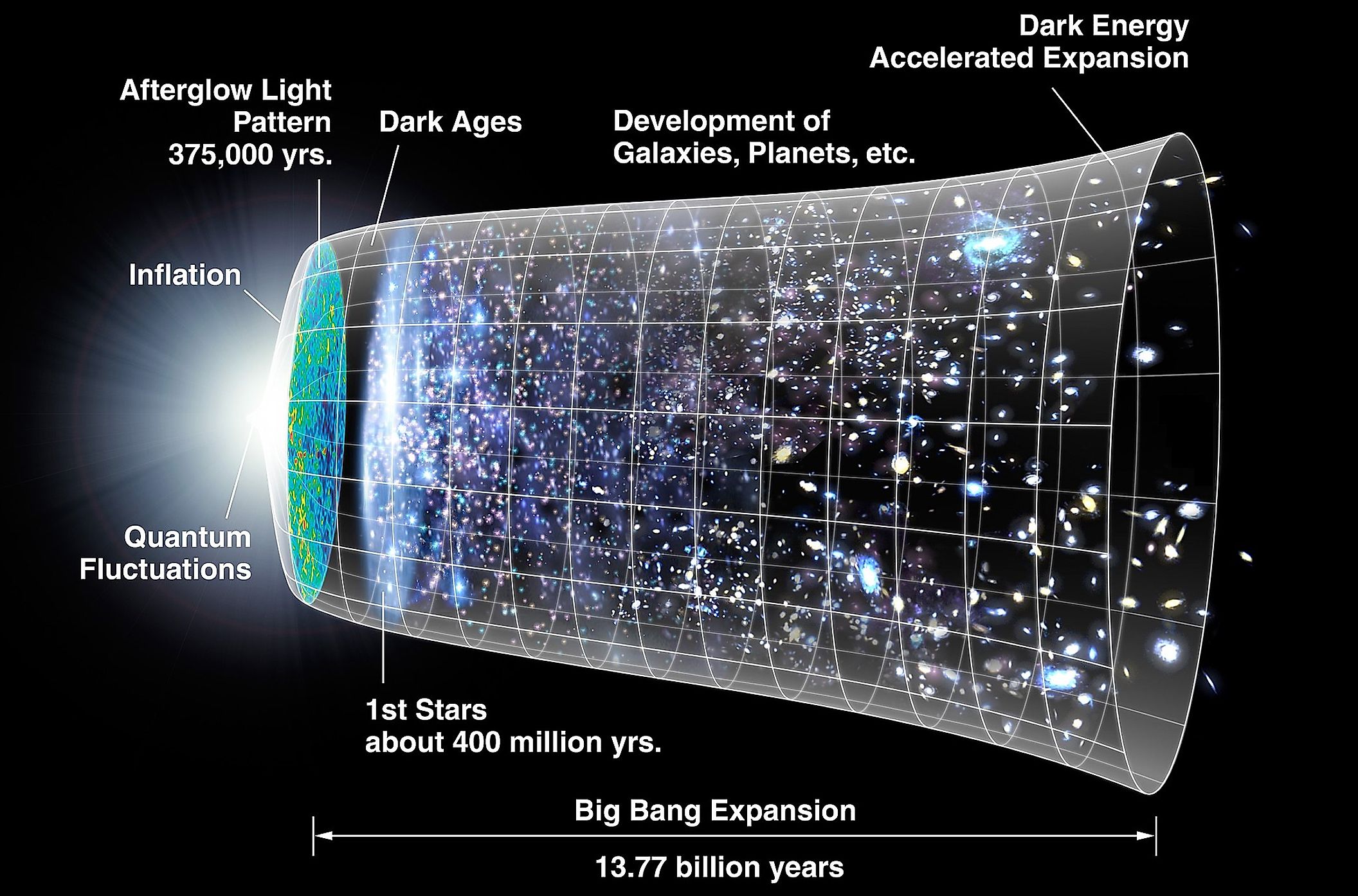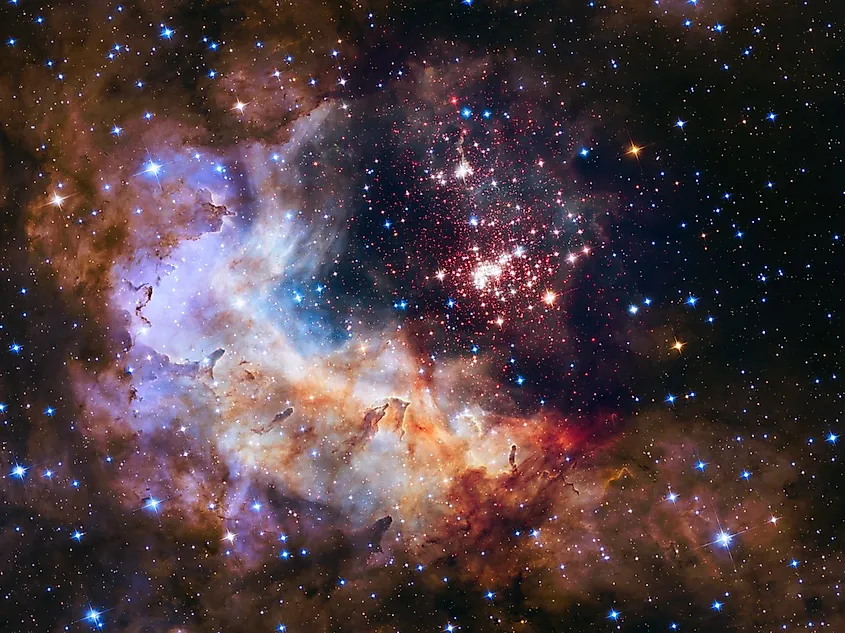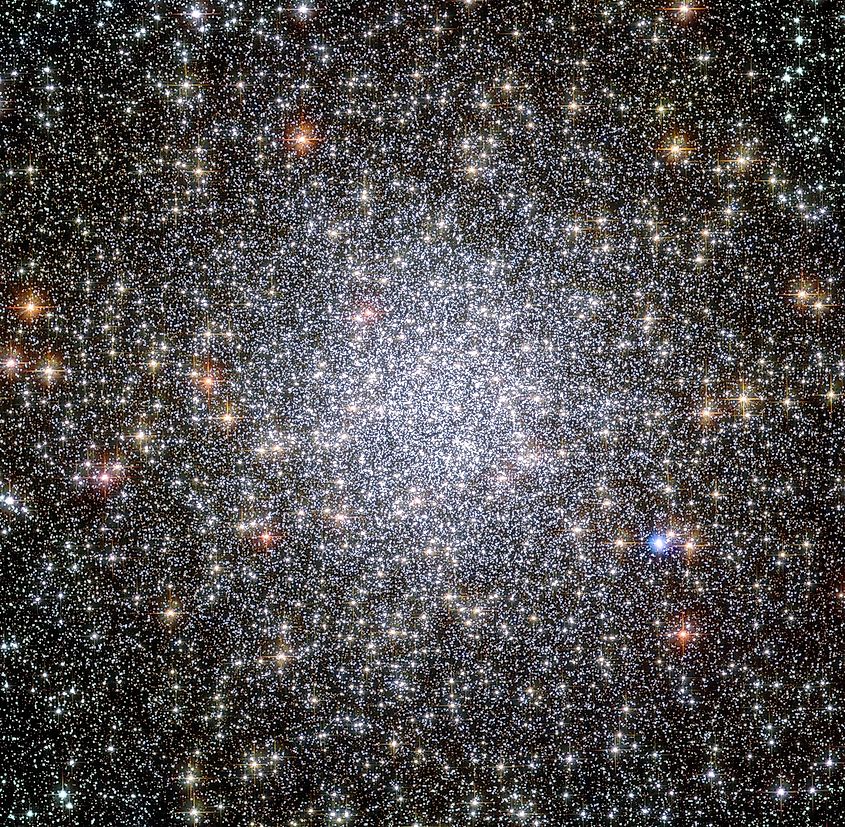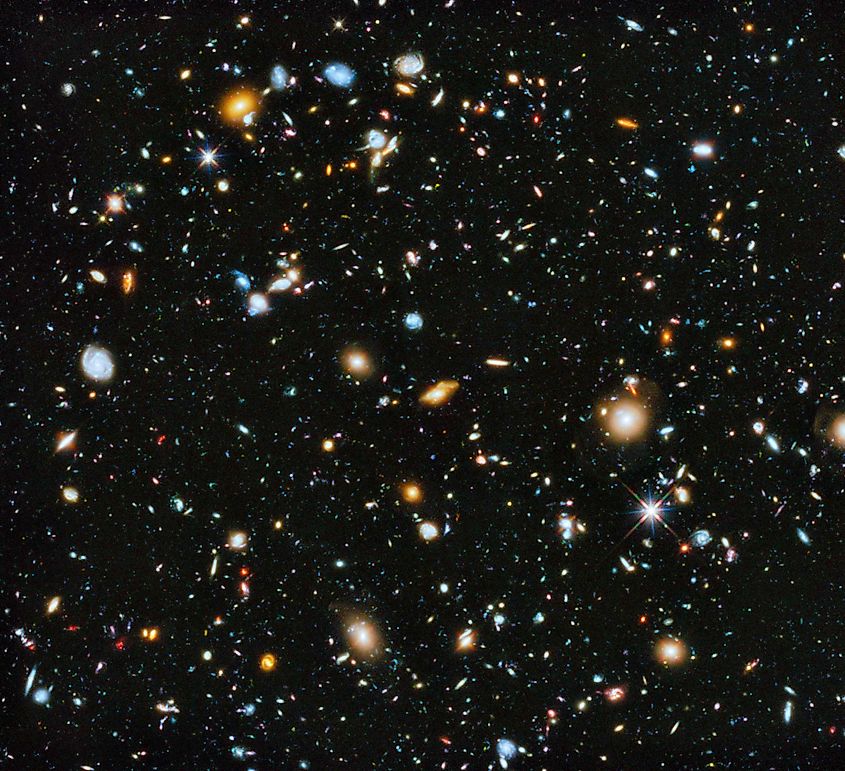
How Old Is The Universe?
The cosmos is a vast, ancient place. The estimated age of the universe is approximately 13.8-billion years. While determining the age of an entire universe may seem like something that is beyond human capabilities, there are two fairly simple methods utilized by astronomers to estimate how much time has elapsed since the Big Bang. These two methods are the age of stars and star clusters, as well as the expansion rate of the universe. By knowing the age of the oldest stars, astronomers can calculate a lower estimate for the universe’s age, while knowing the rate of expansion allows astronomers to extrapolate backwards and determine when the Big Bang likely occurred.
The Oldest Stars

By knowing the age of the oldest stars, astronomers can estimate how old the universe must be. The oldest known star in the universe is called Methuselah, named after the oldest individual in the bible. Even prior to calculating its age, astronomers knew Methuselah was old based on its composition. Since most elements heavier than hydrogen and helium form within stars, the first stars would have had little to no elements heavier than helium. Methuselah itself is composed almost entirely of hydrogen and helium, with no evidence of many elements heavier than helium. Thus, Methuselah must have formed when the universe contained nothing but hydrogen and helium. This would make Methuselah one of the oldest stars in the universe, yet when astronomers calculated its age, problems arose. Based on observations of other stars and the expansion of space, the best estimates for the age of the universe were around 13.8-billion years old, yet the age of Methuselah was calculated to be 16-billion years old. Obviously a star cannot be as old as the universe, so either the age of the universe is wrong or the age of Methuselah is wrong. Future observations have only added to this problem, with most estimates of Methuselah’s age placing it older than the universe or the same age as the universe. Based on observations of the early universe and other stars, it seems likely that the age of Methusalah is probably wrong, and although the star is among the oldest stars, it likely formed around 13-billion years ago. This is likely the case since nearly every other star like Methusalah has an estimated age of around 12 to 13-billion years.
Globular Star Clusters

Another useful tool for determining the age of the universe is through globular star clusters. A globular cluster is a type of star cluster that can contain upwards of over one-million stars. The type of stars within globular clusters tend to be low mass old stars called red dwarfs, all of which form at approximately the same time. Thus, globular clusters tend to be quite old, and they are often used to determine the age of galaxies. By knowing the age of the oldest globular clusters, astronomers can extrapolate a lower estimate for the age of the universe. Like with the oldest stars, the oldest globular clusters are between 12 to 13-billion years old, which places them within the period of time that stars would have first begun to form.
Expansion Of Space

The expansion of space is perhaps the most reliable method at determining the age of the universe. In fact, the expansion of space was the first hint that the Big Bang actually happened. In the 1920s, astronomer Edwin Hubble proved that other galaxies existed beyond the Milky Way, an observation that had been debated among astronomers for decades. Further observations of galaxies by Hubble also revealed an interesting fact: most galaxies are speeding away from us at tremendous speeds. Hubble had not only confirmed the existence of other galaxies, but also that the space between galaxies is expanding. If the universe is constantly expanding, it means that the universe of the past was smaller than it is today. If you work backwards, you end up at a point where everything in space was condensed into a single point no larger than an electron. By knowing how fast space is expanding, all you need to do is put things in reverse and see how much time has passed since everything was a single point. By using this method, scientists estimate that the universe began in the Big Bang about 13.8-billion years ago. However, as is the case with much of science, future observations and data may reveal more detail about the age of the universe, revealing that the universe could potentially be older or younger than what we currently think.











